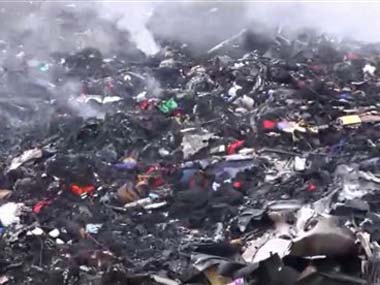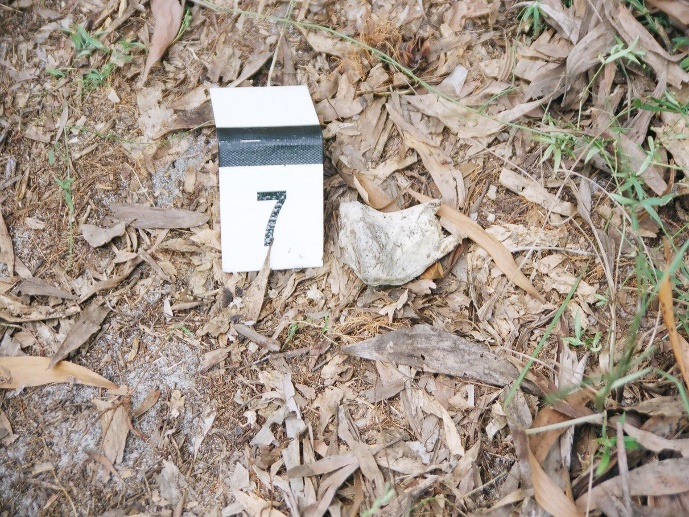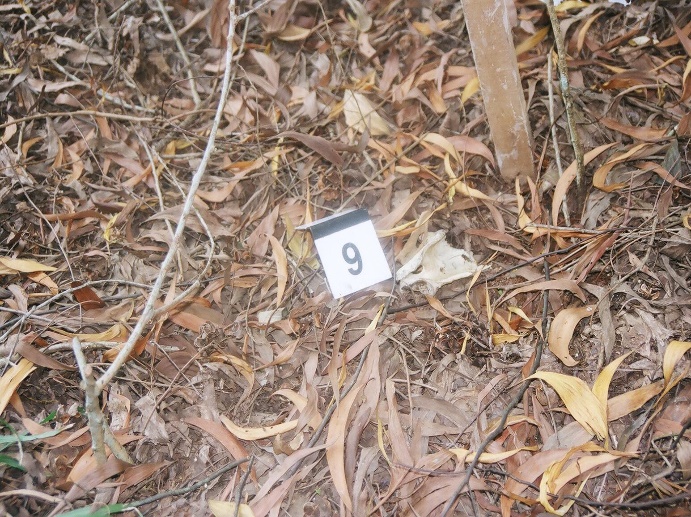To understand the following article, several definitions and terminologies should be understood:
Forensic Anthropology: Utilizes physical anthropology and human osteology to examine human bones for identification purposes, including biological profiling (e.g., sex, age, ancestry, and stature) and examining bones for signs of trauma and/or pathology.
Human Identification: The process of determining the identity of an individual.
Biological Profiling: Provides basic demographic information about an individual. Typically, this information includes determining sex, ancestry, and estimating stature.
Disaster: According to the International Federation of Red Cross and Red Crescent Societies (IFRC), a disaster is an event that occurs suddenly and results in the destruction of property and loss of life, leading to the disruption of a community or society’s functions and causing losses in terms of human, economic, and environmental resources beyond the community or society’s existing capabilities.
Mass Casualty Disaster: A disaster resulting from human actions or natural events that cause injuries and fatalities to the extent that it overwhelms local emergency medical services. In closed disasters, the number and identity of victims are known, such as in plane crashes, whereas in open disasters, the number and identity of victims are unknown, as in building bombings.
Mass Fatality: An event involving a large number of bodies/body parts that exceeds the capacity of existing resources for handling storage, identification, and management of the deceased or body parts. Mass fatality events may occur during disasters.
In mass casualty disasters, the process of identifying the victims is the most crucial issue to address. However, it is a complex process, especially when the scale of the disaster exceeds the capacity of relevant agencies or the government. It becomes even more challenging when the disaster involves victims from various ethnicities, races, and religions.
Before delving into the roles of Forensic Anthropology in identifying victims in large-scale deaths, we must understand the basic tasks of a Forensic Anthropologist. Their responsibilities include identifying human bones, conducting biological profiling of human bones, and examining bones for signs of pathology or trauma.
In events involving a large number of deaths, the identification process usually involves documenting the physical characteristics and personal belongings of the deceased, photographing the victims’ faces, taking fingerprints, capturing X-ray images or Postmortem Computed Tomography (PMCT) scans, and conducting forensic odontology examinations. However, in reality, bodies found in disasters are often in fragmented or decomposed conditions due to the passage of time before their discovery. In such situations, most of the standard identification procedures may not be feasible. At this point, the expertise of forensic anthropologists is required to help identify body parts or human bones.
The Role of Forensic Anthropology in Identifying Victims in Mass Casualty Disasters.
- Search and Identification of Body Parts and/or Human Bones at the Disaster Scene
The first step in identifying the bodies/body parts/human bones in mass casualty disasters is to ensure that the remains are indeed human and not artifacts or non-human bones. In disaster scenes such as bombings, fires, plane crashes, train accidents, etc., the likelihood of bodies being incomplete or fragmented is high. These body parts may also be mixed with artifacts found in the disaster area. Sometimes, the disaster scene may be in a remote or difficult-to-access location, such as a vast desert or dense forest, where the remains undergo decomposition and only skeletal remains are found due to extended search periods. In such cases, the main challenge faced by investigators and first responders is to begin a systematic search and collection of body parts or human bone fragments at the disaster scene. This is a crucial step in the process as any mistakes during this process can affect subsequent examination and disrupt the identification procedure. At the same time, proper documentation procedures at the scene are essential because mass casualty deaths due to disasters may result in legal proceedings and the pursuit of justice.
Forensic anthropologists are trained in the search and identification of body parts or human bones at disaster scenes. Therefore, their expertise is crucial in disaster areas for the systematic search, collection, and identification of body parts and human bone fragments.

Figure 1: Example of a mass casualty disaster – a plane crash resulting in many deaths.
(Adapted from http://www.firstpost.com)
Figure 2: The difficulties faced by laypersons in distinguishing human bones from non-human bones at a disaster scene. This is because human bones may sometimes resemble artefacts.
-
The Process of Identifying the Victims During Forensic Anthropological Examination
Forensic anthropology expertise is needed when human bones or bones suspected to be human are found at the disaster scene. Forensic anthropologists must then conduct a detailed examination of these bones. During the examination, the main question to be answered is whether these bones are of human origin. If the answer is negative, further examination is not performed, and the bones are handed back to the main investigators of the case. If the answer is positive, the first step in the process of identifying the victim is achieved, and further examination to establish the individual’s identity can be conducted.
- Biological Profiling
As explained earlier, biological profiling can provide essential demographic information about human bones, such as sex, estimated age, height, and ancestry (Caucasoid, Mongoloid, or Negroid). With this basic profiling information, the list of missing persons can be narrowed down, and the identity of the victim can be determined and confirmed.
- Forensic Anthropological Examination to Detect Trauma and Pathology in Human Bones
In addition to biological profiling of human bones, a detailed examination of these bones is crucial. The main purpose of this detailed examination is to detect signs of pathology on the bones and the presence of injuries that occurred during or around the time of death (perimortem) to help investigators determine the cause of death.
On the other hand, the detection of long-term trauma, such as healed bone fractures, unique bone features like polydactyly, excessive bone growth (bony spurs), bone diseases like bone cancer, and the presence of medical implants in bones with serial numbers, such as knee joint replacements, can be useful in the process of identifying an individual. By combining all the findings from the examination of body parts or human bones, the identification process of the disaster victim can be finalized. Subsequently, DNA comparison can be done with potential relatives who are suspected to have a familial relationship with the victim. Such identification processes will confirm the identity of the deceased positively.In some cases, the findings from Forensic Anthropology can be used positively to determine an individual’s identity without resorting to DNA analysis. This can be achieved by comparing antemortem records with data obtained from the forensic examination of the bones. Ultimately, the accumulation of information from the detailed examination of body parts or human bones can be combined to finalize the identification of the disaster victim or individual.
In conclusion, identifying human identities in mass casualty disasters is a complex task, especially when dealing with many fragmented body parts or bones. It requires detailed investigation and teamwork from various relevant agencies, including forensic anthropological expertise. Any mistakes during the disaster investigation process may lead to more severe consequences.
References
- Bass, W. (2005). Human Osteology: A laboratory and field manual (edisi ke-5)
- Robert, J. (2014). PPT: Forensic Anthropology
- https://www.ifrc.org/en/what-we-do/disaster-management/about-disasters/what-is-a-disaster/
- http://medical-dictionary.thefreedictionary.com/bone
- White, T.D., Folkens P.A. (2005). The Human Bone Manual.
| Last Reviewed | : | February 2024 |
| Writer / Translator | : | Chong Sin Leng |
| Reviewer | : | ChM. Dr. Khairul Adli bin Nikman |









